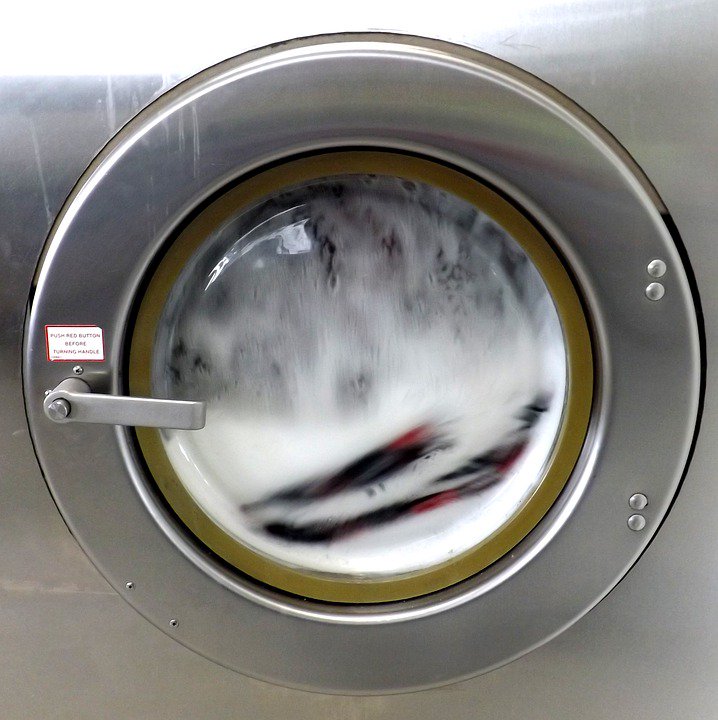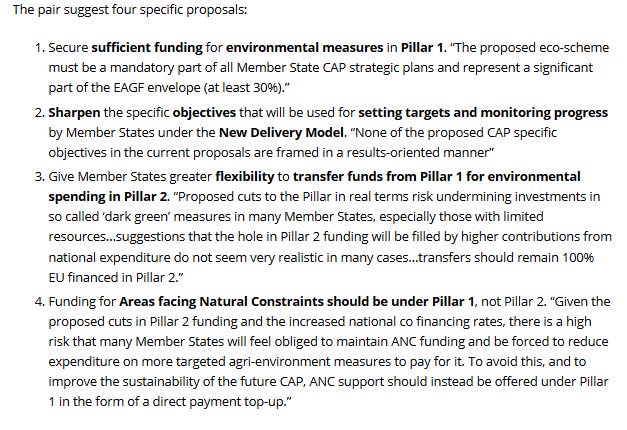Open code & data + interpretations in this thread!
psyarxiv.com/qtrxs/
This technique can help us identify important individual predictors even when they're highly correlated (A no-no in traditional linear models)
osf.io/wrc2m/
You can also apply the code to your own data. Would be great to see more CA papers out there given how often relevant predictors are highly correlated
In every case, hopelessness predicted more unique variance than emotion and anxiety mindsets
These formats are brief, scalable, and far more accessible than most interventions for internalizing problems. We should just put more effort into finding their active ingredients
But these analyses allow us to expand our ideas of what the active ingredients for these brief interventions might be
Based on these analyses, running experiments to determine whether that's the case could be worthwhile
sciencedirect.com/science/articl…
journals.plos.org/plosone/articl…






